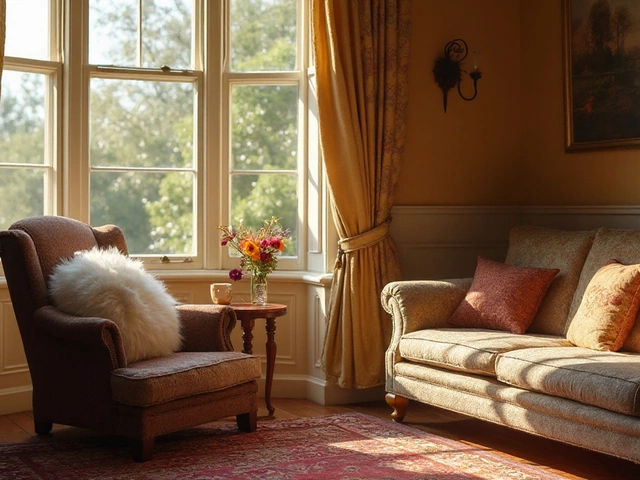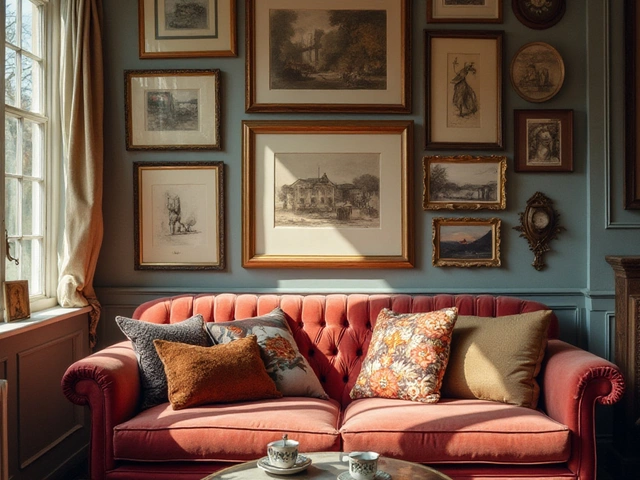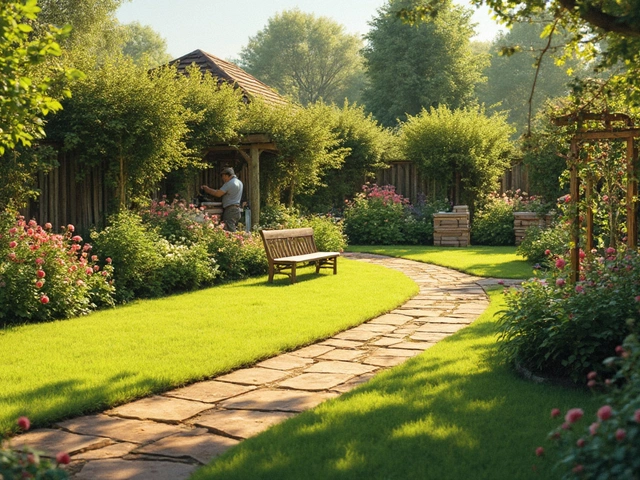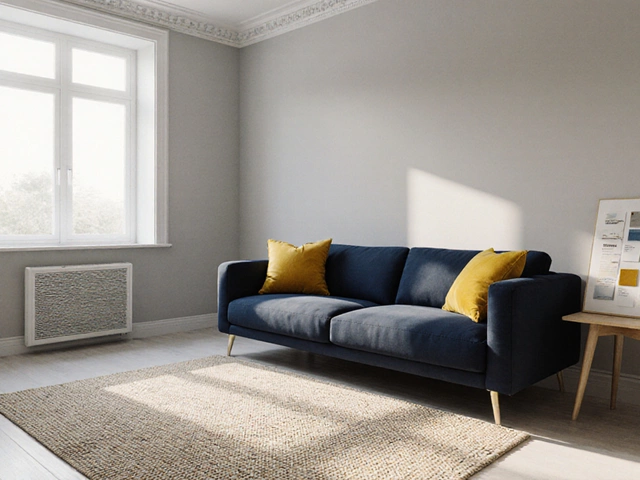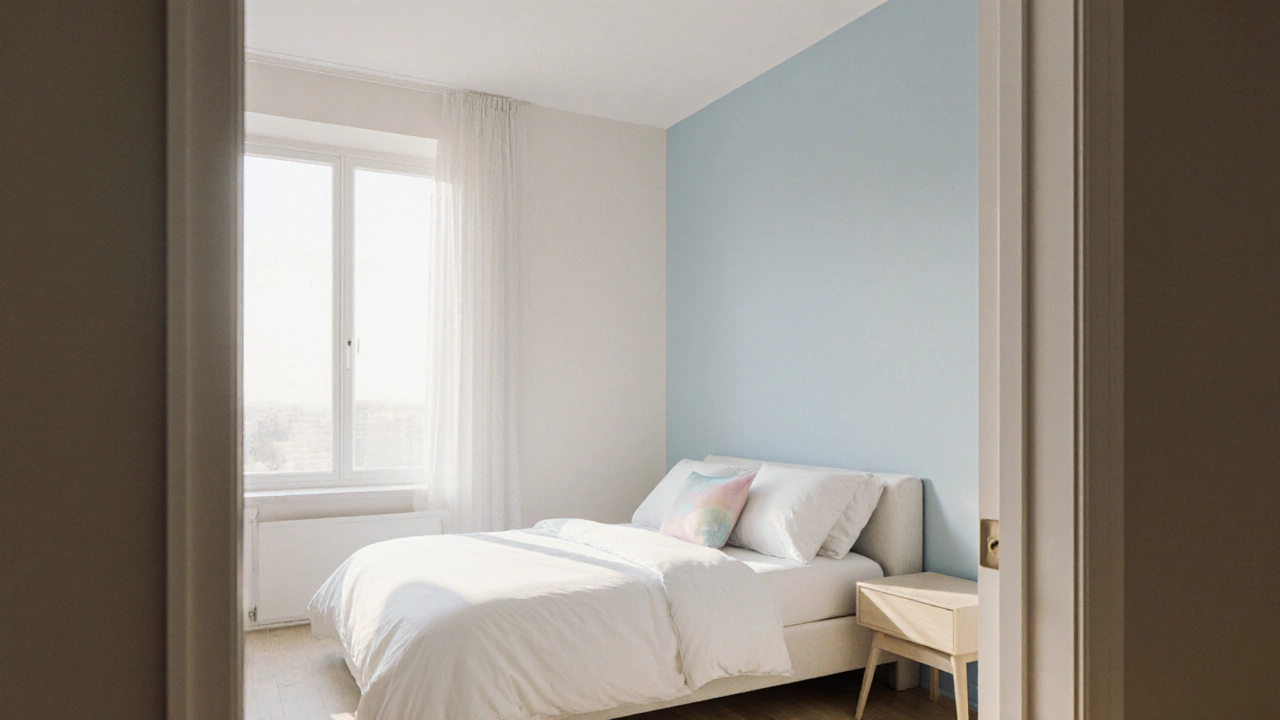
Small Bedroom Design Color Palette Checker
Choose Your Base Color
Add Accent Color
Your Room Preview
Design Tip
Select base and accent colors to see how they affect the perceived size of your small bedroom. Light colors on walls and ceilings make spaces appear larger and more open.
When you walk into a small bedroom is a space that feels cramped, brightening it up can feel like a puzzle. The good news? A handful of smart moves-color choices, clever lighting, and clever storage-can make even a 9‑square‑meter room look airy, stylish, and truly yours.
Start with a Light‑Feeling Color Palette
The walls set the mood. Light, neutral shades such as soft ivory, pale gray, or muted pastel blues reflect more light, instantly expanding the visual field. If you love a pop of color, keep it to one accent wall or accessories. Color palette chooses hues that amplify natural light and create a cohesive backdrop for furniture and décor works like a visual foundation.
Layer Lighting for Depth and Function
Relying on a single overhead fixture can make the room feel flat. Mix ambient, task, and accent lighting:
- Install a dimmable LED ceiling light for overall illumination.
- Use a sleek wall‑mounted reading lamp beside the bed to free up nightstand space.
- Hang a small string of warm LEDs along a bookcase to add visual interest.
These layers not only brighten corners but also give you control over mood after sunset.
Maximize Vertical Space with Storage
Floor area is limited, so think sky‑high. Tall, narrow wardrobes or floor‑to‑ceiling shelving make use of the wall’s full height without crowding the floor. Storage solutions include built‑in shelves, under‑bed drawers, and wall‑mounted cabinets that keep belongings out of sight free up walking space and keep the room tidy.
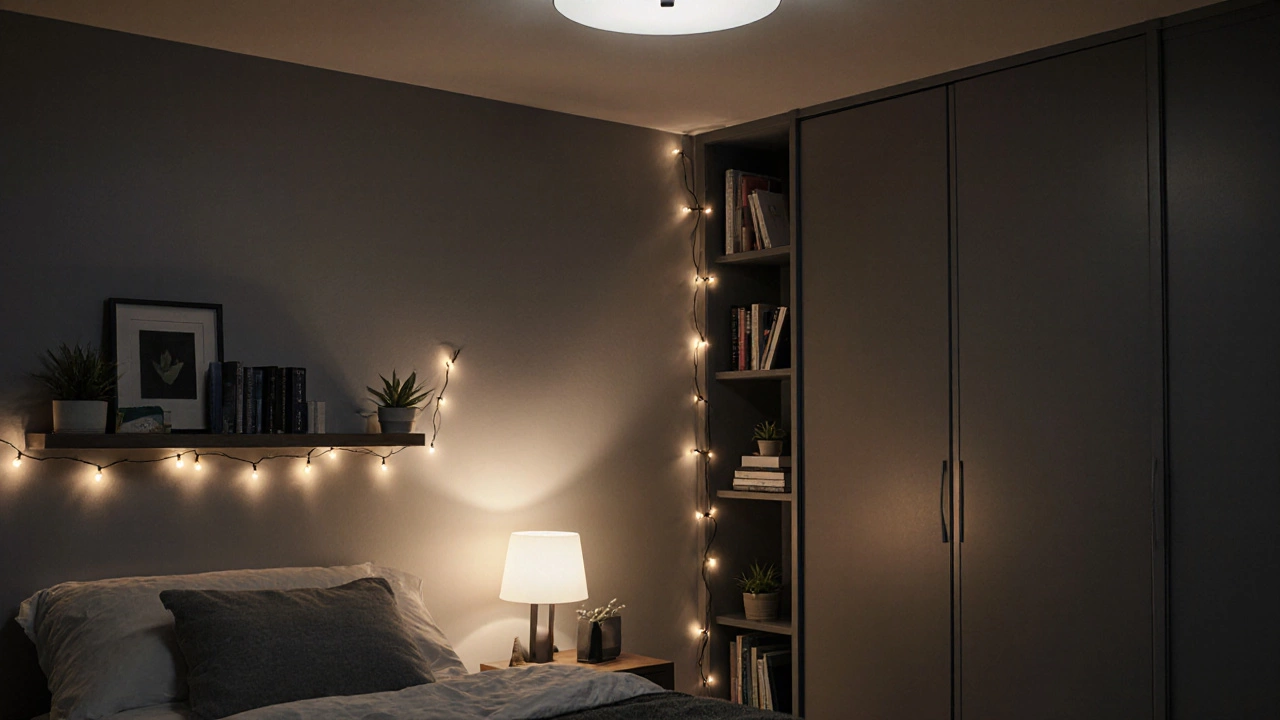
Use Mirrors to Trick the Eye
A well‑placed mirror reflects light and doubles the perceived size of the room. Hang a full‑length mirror on the wall opposite a window, or choose a decorative mirrored wardrobe door. The reflective surface creates depth without adding physical clutter.
Pick Multifunctional Furniture
Every piece should earn its keep. A platform bed with built‑in drawers eliminates a separate chest. A wall‑mounted desk folds up when not in use, freeing floor space for yoga or a quick workout. Multifunctional furniture serves two or more purposes, such as seating plus storage, or a desk that doubles as a vanity keeps the layout flexible.
Soft Textiles Add Warmth Without Bulk
Instead of heavy drapes that suck up space, opt for light, floor‑length curtains in a sheer fabric. A plush area rug in a neutral tone defines the sleeping zone and adds comfort underfoot. Keep patterns subtle; large prints can overwhelm a small space.
Bring Nature In
Plants brighten a room and improve air quality. Choose compact varieties-like a snake plant, pothos, or a small fiddle‑leaf fig-placed on a floating shelf or the top of a nightstand. Their vertical growth adds life without sacrificing floor area.
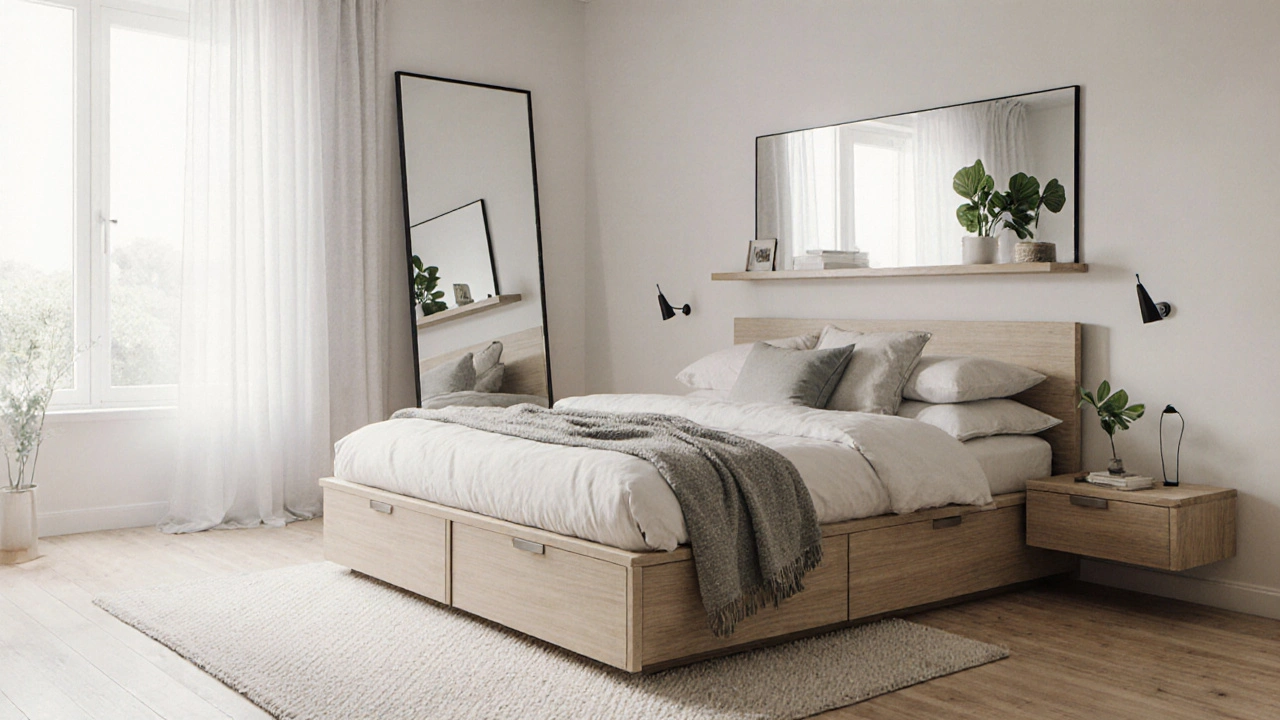
Curate Wall Décor Strategically
One or two pieces of art can become a focal point. A large canvas on the main wall draws the eye upward, while a series of slim picture frames creates a gallery effect without crowding the walls. Avoid cluttering every inch; negative space is your friend.
Compare Popular Space‑Saving Furniture Options
| Item | Footprint (cm) | Storage Capacity | Typical Cost (NZD) |
|---|---|---|---|
| Platform bed with drawers | 200×150 | 2×45L drawers | ≈1,200 |
| Wall‑mounted fold‑down desk | 80×60 (when folded) | No built‑in storage | ≈350 |
| Storage ottoman | 60×60 | 1×30L compartment | ≈180 |
Pick the piece that matches your budget and how much you need to stash away. The platform bed wins on storage, the desk on flexibility, and the ottoman on price.
Quick Checklist for a Cohesive Look
- Choose a light, neutral wall color; add one accent hue.
- Layer lighting: ceiling, wall, and accent.
- Install tall shelving or a wardrobe that reaches the ceiling.
- Hang a full‑length mirror opposite natural light.
- Select at least one piece of multifunctional furniture.
- Use sheer curtains and a modest rug to soften the space.
- Add one or two low‑maintenance plants.
- Limit wall art to a focal piece or a slim gallery.
Frequently Asked Questions
Can I paint a dark color in a small bedroom?
Yes, but keep the walls mostly light and use the dark hue on a single accent wall or on furniture. This balances drama with openness.
What’s the best type of flooring for a tiny room?
A light-colored, low‑profile laminate or engineered wood adds warmth without visually weighing the room down. Pair it with a small rug for comfort.
How can I keep clutter off the floor?
Invest in under‑bed storage, wall‑mounted shelves, and multifunctional pieces that hide items inside. Regularly declutter by donating things you don’t use.
Do I need a full‑length mirror, or is a smaller one enough?
A full‑length mirror works best for reflecting light across the room, but a large rectangular mirror placed opposite a window can achieve a similar effect at a lower cost.
Is it okay to mix modern and vintage pieces?
Absolutely. Mixing styles adds personality. Keep a consistent color palette to unify the look, and let one style dominate while the other plays a supporting role.
By following these steps, you’ll turn a cramped nook into a cozy, organized retreat that feels larger than its square footage suggests. The key is to stay intentional with color, light, and furniture choices, and to let every item earn its place.
